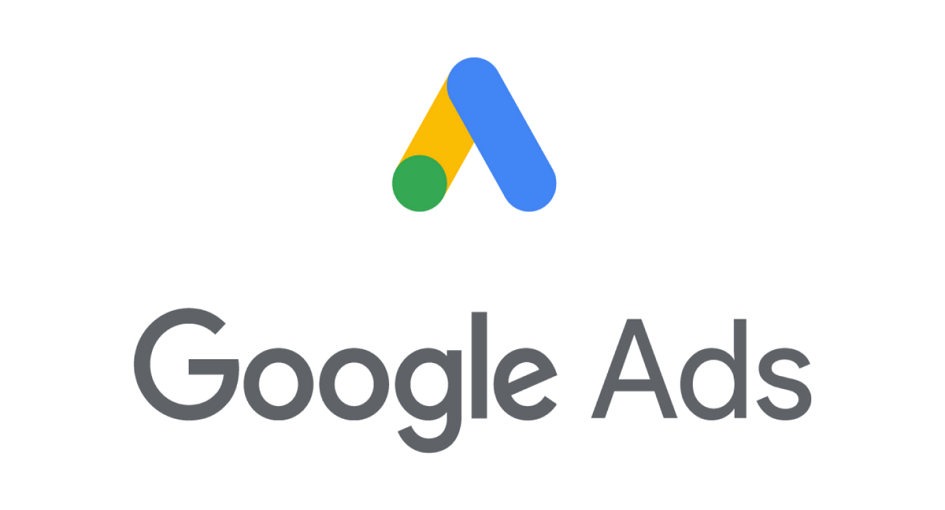
In today’s competitive B2B landscape, having a well-crafted Google Ads strategy is essential for driving targeted leads, increasing brand visibility, and ultimately achieving business growth. Google advertisements offers a powerful platform to connect with potential clients, but to succeed, B2B marketers need to approach it strategically. This comprehensive guide will explore the key steps and best practices for developing a successful Ads strategy tailored specifically for B2B marketing.
Before diving into your Paid Search Advertising campaign, it’s crucial to define clear and measurable business goals. Determine what you want to achieve, whether it’s increasing lead generation, boosting website traffic, or driving sales. Your goals will serve as the foundation for crafting a focused strategy.
In B2B marketing, knowing your target audience is paramount. Understand the pain points, needs, and preferences of your potential clients. Create detailed buyer personas to segment your audience effectively. Consider factors like industry, job titles, company size, and location to refine your targeting.
Conduct comprehensive keyword research to identify the terms and phrases that resonate with your target audience. Focus on industry-specific keywords and long-tail keywords that are relevant to your products or services. Utilize tools like Google Keyword Planner and SEMrush to discover valuable keywords.
Your landing pages play a critical role in your Paid Search Advertising strategy. Design and optimize landing pages that align with the ad’s messaging and offer a seamless user experience. Highlight the unique value propositions of your B2B offerings and include compelling calls to action (CTAs) that encourage conversions.
Write compelling ad copy that speaks directly to your B2B audience’s pain points and needs. Highlight the benefits and solutions your products or services provide. Use ad extensions to include additional information, such as contact details, site links, and callout extensions.
Negative keywords are just as important as positive keywords. Implement negative keywords to filter out irrelevant traffic and prevent wasted ad spend. This ensures that your ads are displayed to the most relevant audience.
Determine your budget allocation for Paid Search Advertising. Consider both daily and monthly budgets. Be realistic about your spending capabilities and align your budget with your goals. Test different budget levels to find the optimal balance between cost and results.
Google Ads success requires ongoing monitoring and optimization. Regularly review your campaign performance, examining metrics such as click-through rates (CTR), conversion rates, and cost per acquisition (CPA). Make data-driven adjustments to improve campaign efficiency.
Conversion tracking is essential for measuring the effectiveness of your Paid Search Advertising campaigns. Set up conversion tracking to monitor the actions users take after clicking on your ads. This data provides insights into which campaigns, keywords, and ads are driving results.
Paid Search Advertising offers various ad extensions that can enhance the visibility and appeal of your ads. Experiment with different extensions like site link extensions, callout extensions, and structured snippet extensions to maximize ad real estate and convey more information to users.
Remarketing allows you to re-engage with users who have previously visited your website but did not convert. Craft tailored remarketing ads to remind them of your offerings and encourage them to take the desired action.
Expand your reach by advertising on the Google Display Network (GDN). Display ads can be effective for brand awareness and targeting B2B audiences through visual content. Ensure that your display ads are well-designed and relevant to your audience.
A/B testing is a fundamental practice in Google Ads. Create multiple ad variations for each campaign and test different elements like headlines, ad copy, and CTAs. Analyze which variations perform best and refine your strategy accordingly.
B2B marketing is dynamic, and industry trends can evolve rapidly. Stay informed about the latest developments, technologies, and strategies in your industry. Adapt your Paid Search Advertising campaigns to align with changing market demands.
Consider partnering with a digital marketing agency or hiring a certified Paid Search Advertising professional. Their expertise can help you navigate the complexities of Paid Search Advertising and maximize your campaign’s potential.
In conclusion, developing a successful Google Ads strategy for B2B marketing requires a deep understanding of your target audience, clear business goals, and continuous optimization. By following these best practices, you can create a well-rounded strategy that not only drives quality leads but also positions your B2B brand for growth and success in the competitive digital landscape. Remember that Paid Search Advertising is a dynamic platform, so ongoing monitoring, testing, and adaptation are key to staying ahead of the competition and achieving your marketing objectives.